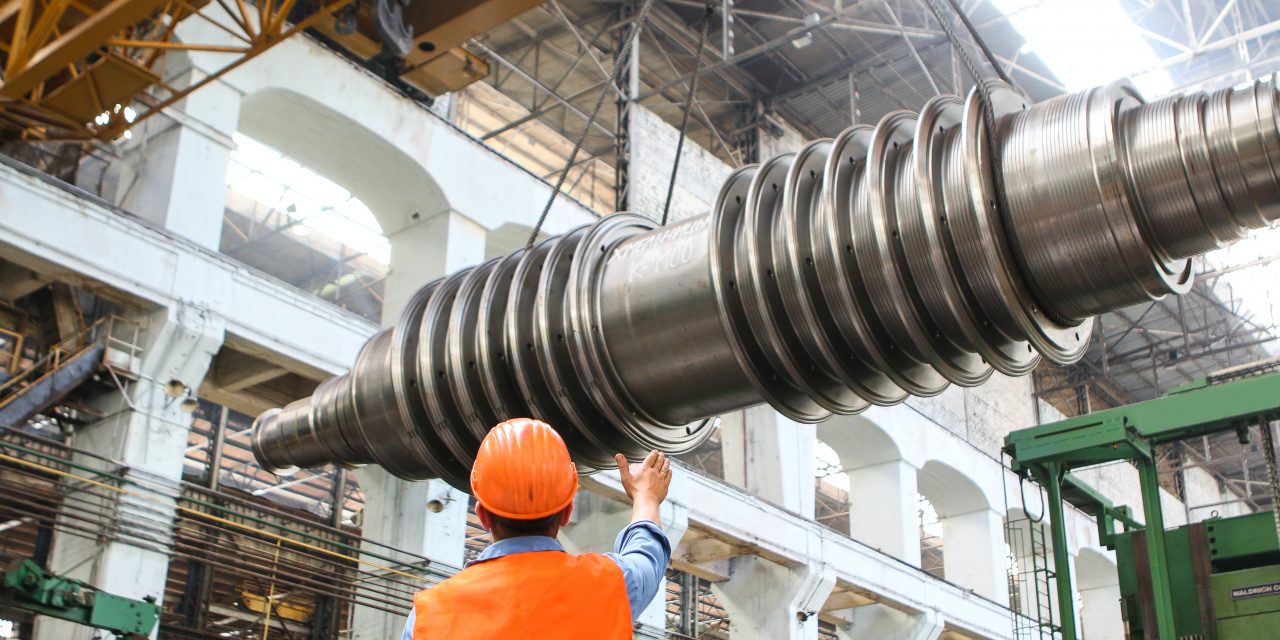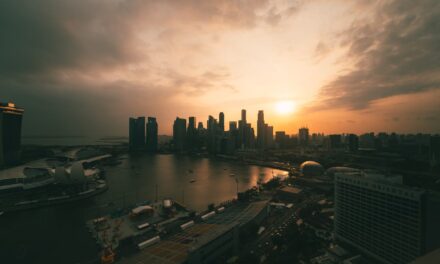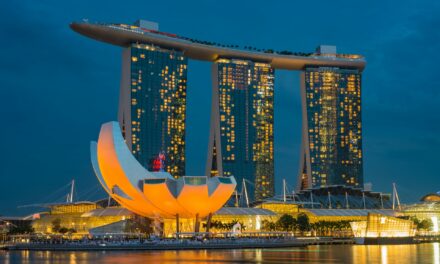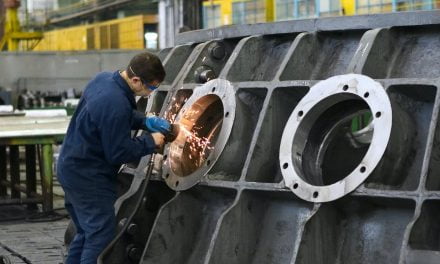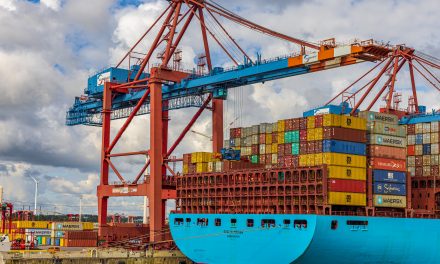ASEAN goods producers continued to see an improvement in business conditions in August, according to official data released Wednesday, amid improved new orders and output.
“The ASEAN manufacturing sector signaled a further improvement in business conditions during August as new orders and output continued to rise, the latter growing at a sharper rate than in July,” Maryam Baluch, an economist at S&P Global Market Intelligence, said in a note.
The headline S&P Global ASEAN manufacturing purchasing managers’ index rose to 51.0 in August from 50.8 in July. Anything below 50.0 signals that the sector contracted during that month, while anything above indicates expansion.
Increased new orders a mixed bag
“August marked the end of the shallow downturn in employment that began in March, with the latest reading showing broadly stable workforce numbers,” Baluch said.
This was driven by the continued inflow of new work and faster output growth, S&P Global Market Intelligence Economics Associate Director Jingyi Pan told Diplomatic Network (Asia) in an interview.
“Manufacturers in the ASEAN region raised their staffing levels to cope with ongoing operations in August. This contrasted with previous months when firms were able to keep up with tasks in hand and were also cautious on the back of more pronounced deteriorations in export conditions,” Pan said.
Amid the positive performance, ASEAN goods producers are experiencing more intense price pressures, S&P Global noted. Both cost burdens and selling prices rose at stronger rates than seen in July, but these remained historically soft, S&P Global said.
“Higher input cost inflation stemmed from an improvement in manufacturing sector conditions across ASEAN, and also more widely in Asia, during August,” Pan said.
“Rising new orders led to higher purchasing activity in ASEAN, contributing to a faster increase in average costs. Furthermore, reports of higher energy costs further added to rising cost burdens for manufacturers in the ASEAN region,” Pan said.
Overall, ASEAN goods producers have now seen an improvement in their conditions since October 2021.
Leaders
Looking closer, four of the seven ASEAN economies surveyed recorded growth.
Indonesia led the region for a second month with a PMI of 53.9 in August, up from 53.3 in July.
Myanmar goods producers headline index reading increased to 53.0 from 51.1 the month before, the latest reading signaled the strongest improvement in business conditions in three months.
Singapore signaled a fresh improvement in manufacturing conditions in August, S&P Global said, but did not give a specific figure. August’s PMI figure is not available on S&P Global’s website at the time of writing.
This is a positive development nonetheless for the city-state, as the country swung into contraction territory in July. It posted a PMI of 48.5 in July, swinging from 52.7 in June. July’s reading was the lowest reading the city-state had recorded in nearly two years.
Singapore’s poor manufacturing performance in the first half of 2023 weighed on the country’s overall growth, according to Rajiv Biswas, Asia Pacific chief economist at S&P Global Market Intelligence.
Vietnam’s manufacturing sector crossed into expansion territory, but only just. The Southeast Asian nation posted a PMI of 50.5 in August, up from 48.7 in July.
Laggards
Turning to the laggards, both the Philippines and Thailand fell into contraction territory in August.
The Philippines posted a reading of 49.7, down from 51.9 in July. This was driven by new orders falling for the first time in a year and output growth cooling, S&P Global said.
After leading the region for much of the year, Thailand’s manufacturing sector saw its operating conditions worsen in August, which was the first contraction seen since December 2021. Thailand’s PMI came in at 48.9, swinging from 50.7 in July.
“Thailand’s manufacturing sector saw lower new work intakes in August, with new orders shrinking at the fastest rate in nine months, leading to a rapid slowdown in production growth,” said S&P Global Market Intelligence’s Pan.
“This stemmed largely from deteriorating conditions and also destocking at clients’, which worsened over the latest survey period.”
Global headwinds remain
Looking ahead, Baluch said ASEAN goods producers will be under external pressure.
“Headwinds from the global economy and the ongoing interest rate cycles across many of the ASEAN economies raises worries of whether current demand trends will be sustainable in the second half of the year,” Baluch said.
The S&P Global ASEAN manufacturing PMI is compiled by S&P Global from responses to monthly questionnaires sent to purchasing managers in panels of manufacturers in Indonesia, Malaysia, Myanmar, the Philippines, Singapore, Thailand and Vietnam, totalling around 2,100 manufacturers. These countries account for 98% of ASEAN manufacturing value added, according to World Bank world development indicator.
Data were collected between August 10 and 24.

